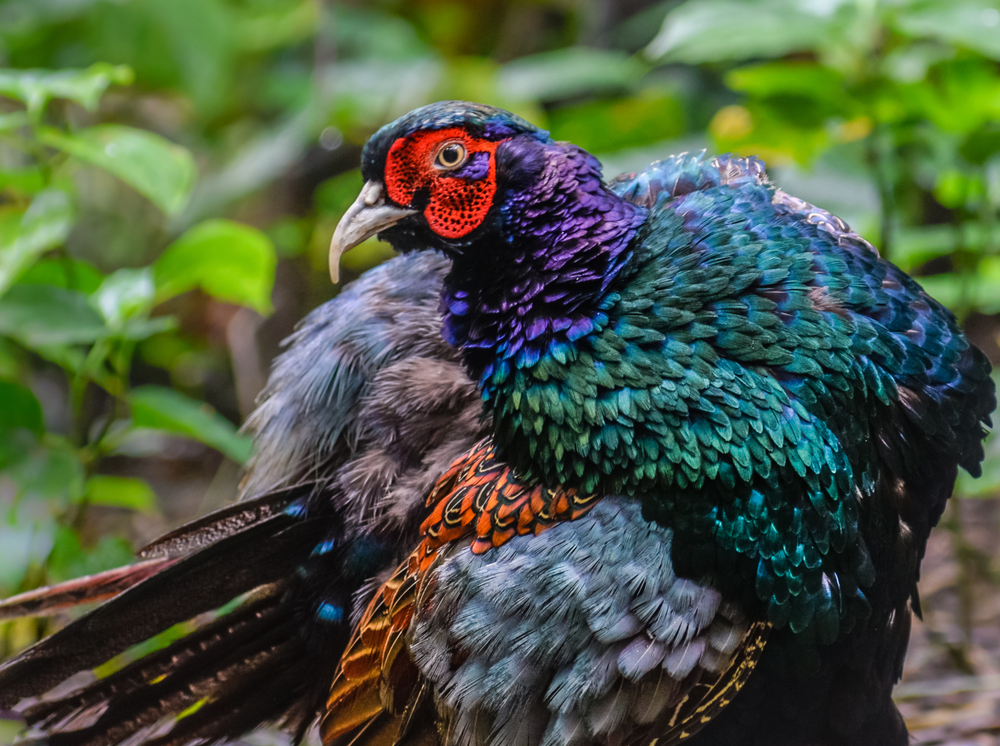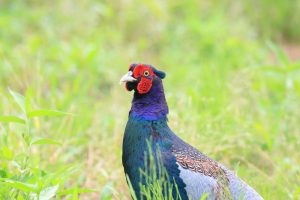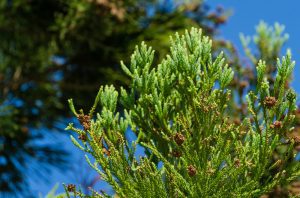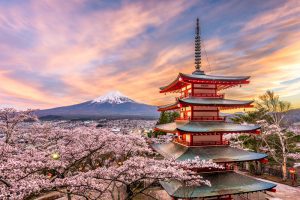Every country has a unique species that they call their national animal, and for Japan, that is the green pheasant. This may come as a surprise to many, as Japan reveres many members of the animal kingdom in many ways.
The green pheasant is an omnivore that is native and endemic to Japan, meaning it does not live in many other places in the world.
The green pheasant has been Japan’s national animal since 1947. Today, it is an important iconic symbol of Japan.
The Japanese green pheasant is the national animal of Japan. It is a species that is very similar to the common pheasant and is both native and endemic to the country.
This beautiful animal has found its place in some national symbols and much of Japan’s folklore.
Table of Contents
What kind of bird is the green pheasant?
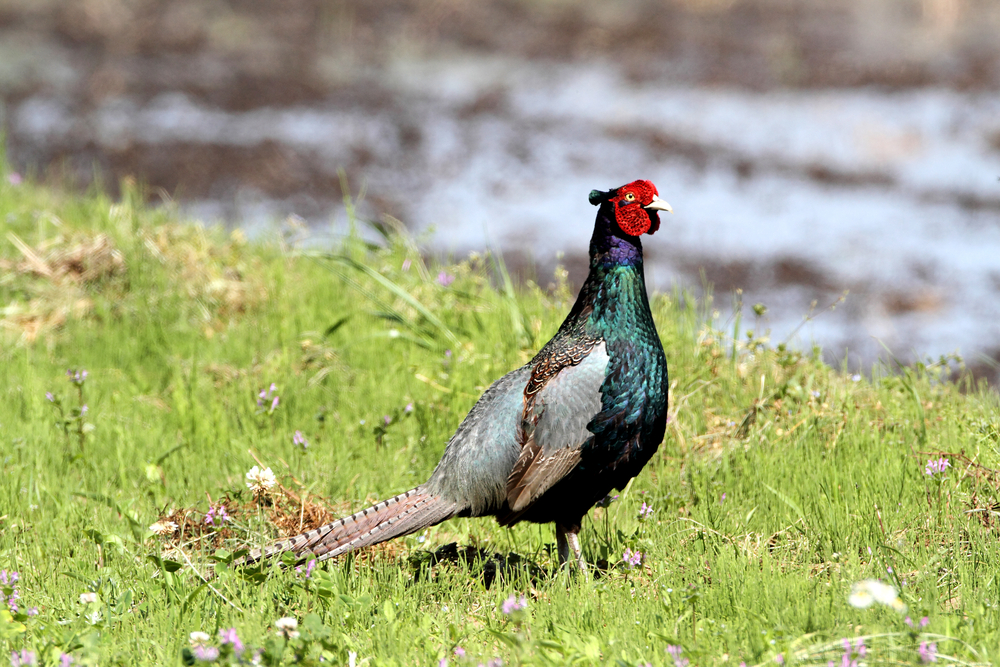
The green pheasant is a subspecies of the common pheasant.
The green pheasant has three species below it in its class, the versicolor, tamensis, and the robustipes. In this grouping of birds, some hybrid breeds do occur between the green pheasant and the common pheasant.
Still, the green pheasant is a bird that has a little more color than the common pheasant. The green pheasant has a dark green breast with green on its flanks and neck.
The male has a blue hood, a grey-banded tail, and a red wattle. The plumage of the bird is brown and black, and the bird is sometimes the size of a chicken.
The green pheasant will eat both plants and animals, making it an omnivore. It typically prefers worms, grains, insects, but sometimes even small animals.
They breed annually, with one nest of pheasants being called a clutch. A green pheasant can lay anywhere from six to 15 eggs every year.
The males are called roosters and the females are called hens. The eggs incubate for approximately 23 days during a breeding period that will end in June every year.
Are green pheasants symbolic to the Japanese?
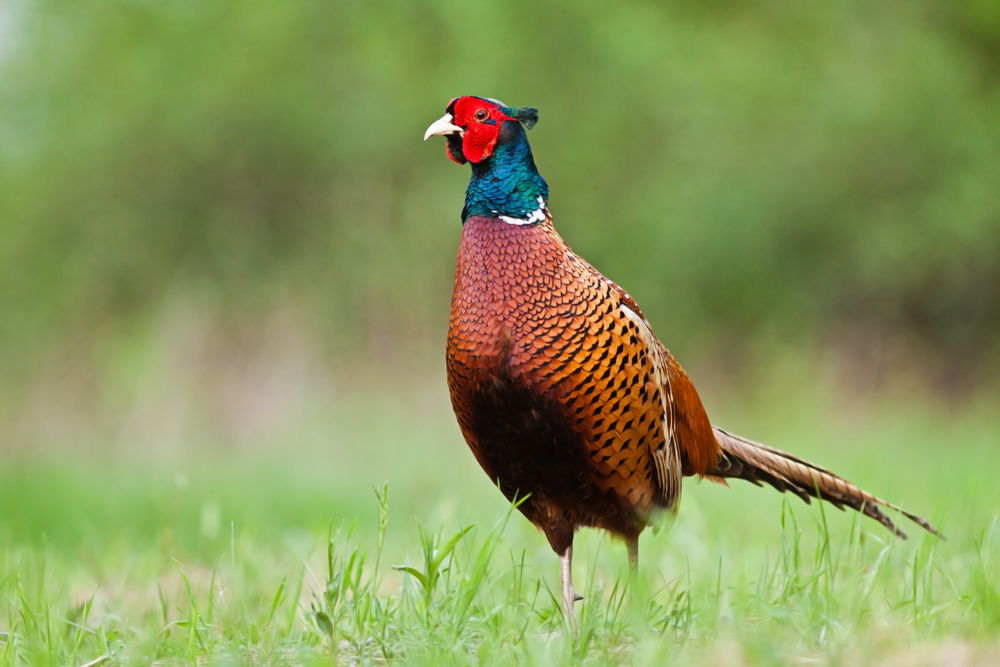
The Japanese do find some symbolism with the green pheasant. It is written about in folklore as a messenger of sorts. It is said to have a kind of power that rises above other animals in the kingdom.
This is a fast bird when in flight, and it can fly as fast as 60 miles per hour.
The bird is not an endangered species, and it is considered to be on the list of least concern. Being hunted by humans is its greatest threat.
What is the habitat of the green pheasant?

The habitat of the green pheasant includes parkland, woodlands, grasses, and deep brush. The green pheasant likes to be surrounded by vegetation.
It also doesn’t mind being around humans at all and is most commonly found on the islands of Kyushu, Honshu, and Shikoku.
Although it is endemic to Japan, it has been brought to Hawaii and there is a small population there. Some populations exist in Europe as well, though these populations by now are not purebred green pheasants.
The habitat of the green pheasant is easy for Japan to provide, and this is not a species that is in danger or experiencing a decrease in population.
Japan uses the green pheasant for a number of reasons – for hunting, food, and even as a display animal when it is captured.
Because it keeps repopulating, it is a species that is considered game, and in Japan, is marked as one of the 29 game species of the country.
The green pheasant can be hunted by those with a valid hunting license and is a popular animal for hunters to seek out.
Overall, green pheasants are relatively calm birds, but the Japanese do say they fear earthquakes and will make a horrifying bird sound when they feel them.
This is beneficial to the people of Japan, as Japan is among the most earthquake-prone areas of the world. The bird can make this noise before humans can even detect earthquake activity.
The bird has a natural startle response and likes to be surrounded by trees and shrubs so that it has a place to hide if it feels unsafe.
Does the green pheasant have spiritual significance?
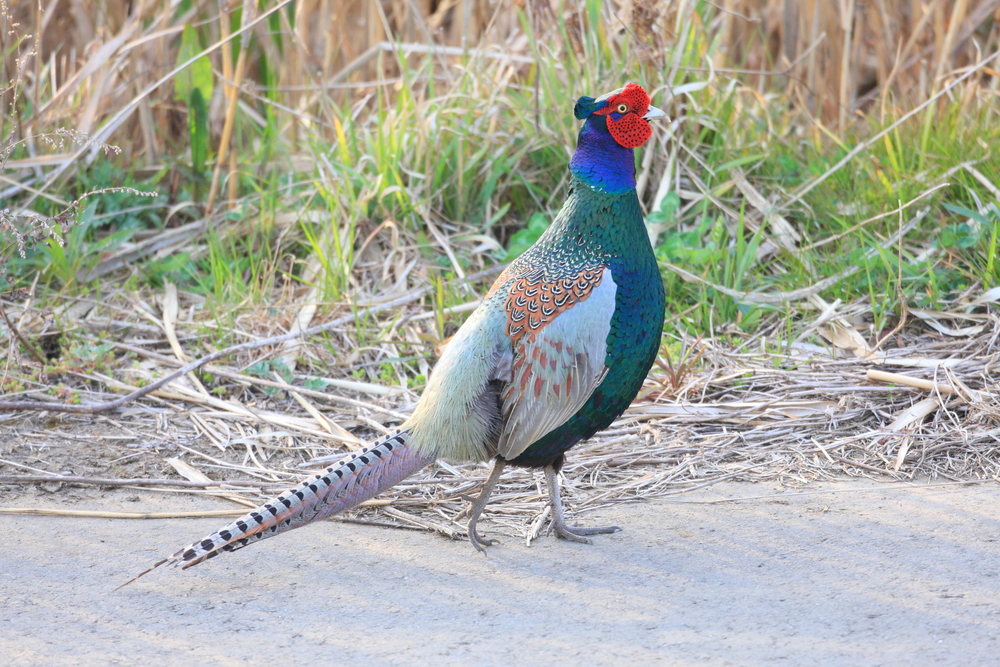
There is no spiritual significance of the Japanese pheasant, therefore, spirituality has nothing to do with why it is Japan’s national animal. The bird is Japan’s national animal because it is common to Japan and also unique to Japan.
The green pheasant also has distinct features, such as its ability to detect earthquakes, which make Japan proud to have it as their bird.
When it comes to a deeper and more symbolic meaning, the green pheasant is simply a revered bird of the country.
What other animals are important to Japan?
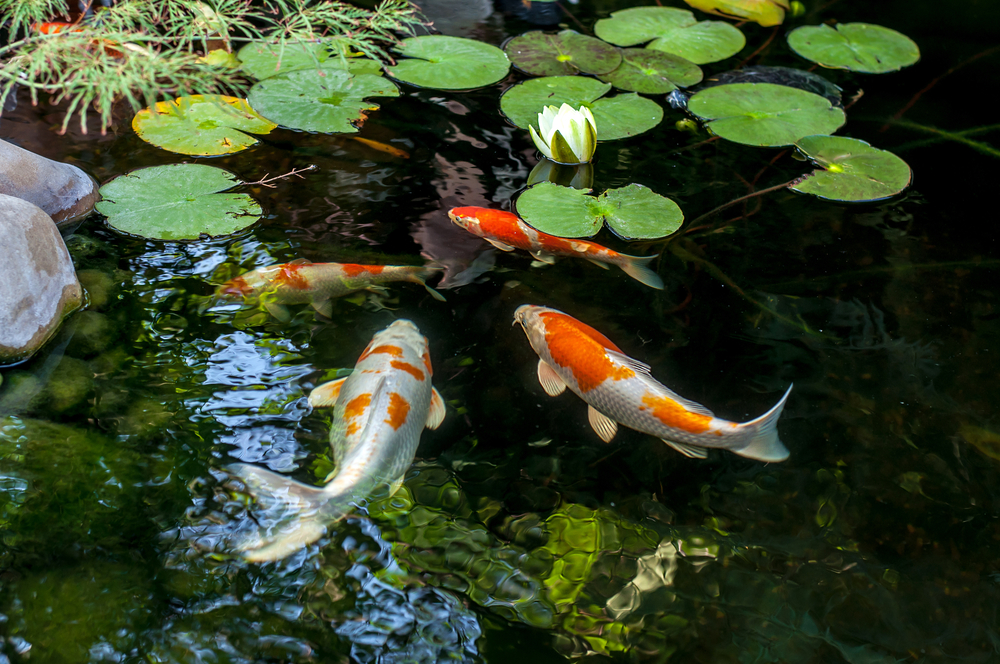
There are many animals important to Japan, including the crane, dog, turtle, koi carp, and even cats. Each of these animals is revered and honored for their own purposes in Japan but is not a national symbol.
The crane is considered to be a symbol of longevity and purity. It is called the tsuru in Japan, and they have been in the country for over 1,000 years.
The tsuru is used in Japanese weddings and other romantic celebrations as a symbol of monogamy. It is frequently put in wedding kimonos, and it is also sometimes considered a symbol of good fortune.
Additionally, the crane is implemented in many New Year ceremonies, as it can be offered as a sign of prosperity and good luck.
Cranes honored in Japanese origami represent prosperity.
A sign of the crane is often a sign of hope for longevity, and the turtle in Japan is very similar this way. A saying in Japan goes like this, a crane will bring you 1,000 years of life, a turtle will bring 10,000.
Turtles also symbolize protection and wisdom for the Japanese, and it is said that they offer unity to the country.
Are there lucky animals in Japan?
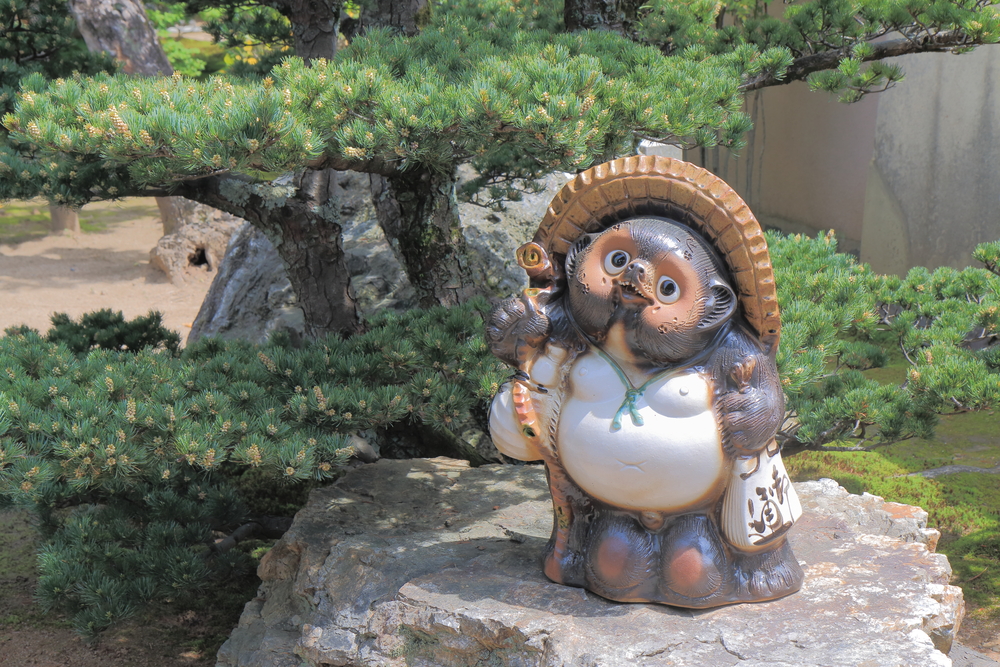
There are animals in Japan that bring luck. The Koi carp symbolize perseverance in the way that they swim upstream no matter how difficult.
They are also a sign of faithfulness in marriage and send the message that hard work pays off. Koi is considered a bearer of luck when hard work and honor in life are exemplified.
The raccoon dog, known as tanuki in Japan, is also a lucky animal. It brings luck when it crosses one’s path or is given in a symbolic form.
There are many legends in Japan written about this dog. One is that this dog is good at disguising itself and that this feature can bear prosperity.
The horse is another lucky animal in Japan and is even considered sacred. The horse can bear messages that might seem psychic in nature to many, yet conversely, the Japanese do not consider them to be very smart.
Cats in Japan, called maneki neko, are also considered to be lucky – although they aren’t considered intelligent either. They are a happy and lucky symbol, and if given as a gift, the giver is hoping the recipient will have some luck.
Learn more about the animals of Japan
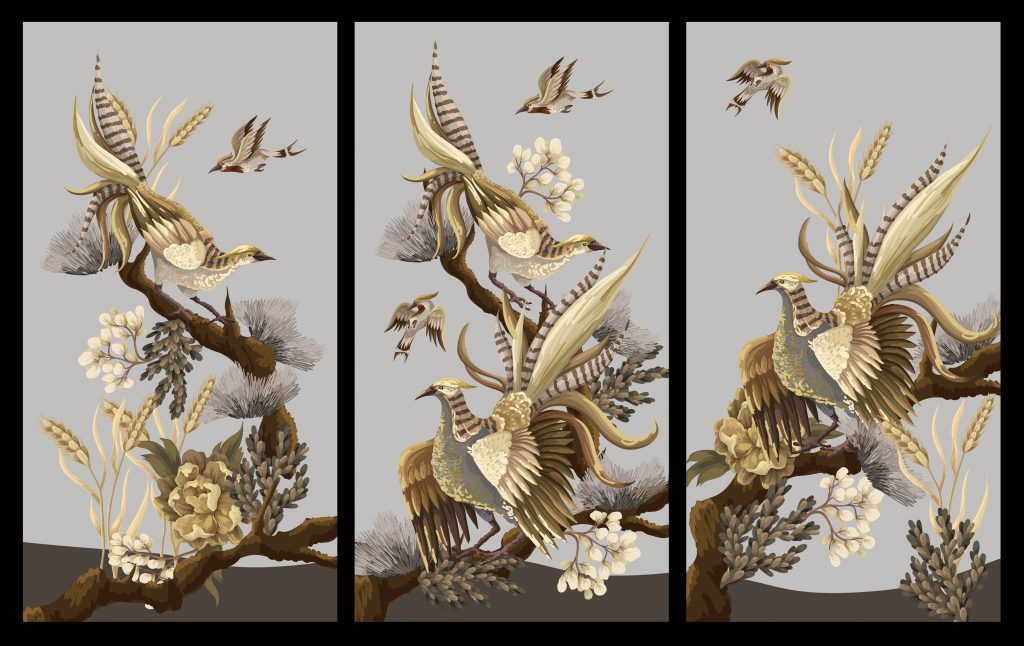
Japan is a country that is home to many animals. Some are mystical and will bear luck but only one will be the national animal of Japan. That is the green pheasant.
The green pheasant is an animal that is honored in Japan for what it can do for the country. One of those things is that it feeds the country. It is also used as game for trophies and can be found in many Japanese homes.
Unlike many other animals in Japan, the green pheasant does not have much spiritual or symbolic significance other than being the national animal.
This bird’s reputation is greater than that of any common pheasants.
While in many parts of the world common pheasants are considered insignificant, or even a nuisance, the green pheasant is highly revered by the Japanese people.

